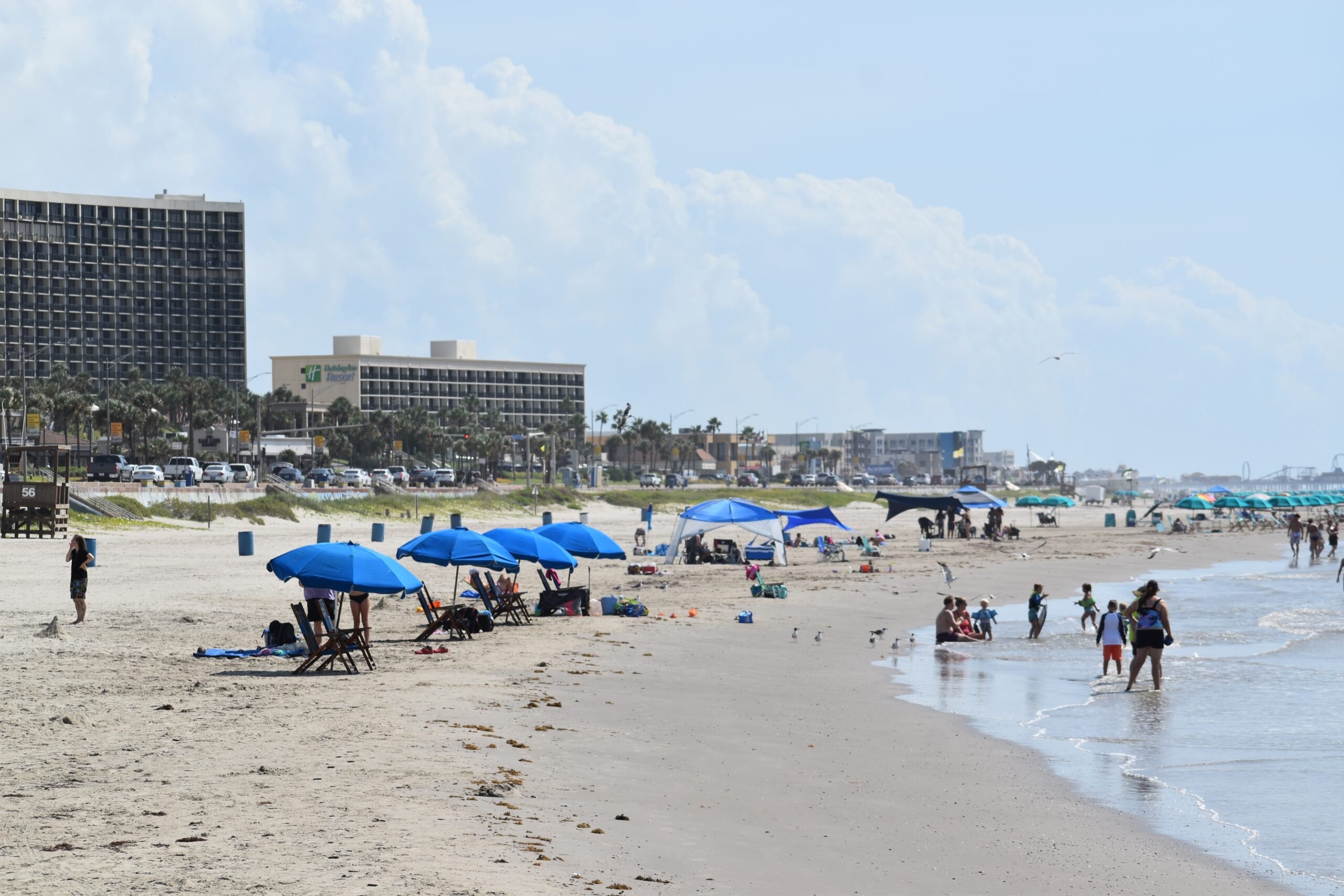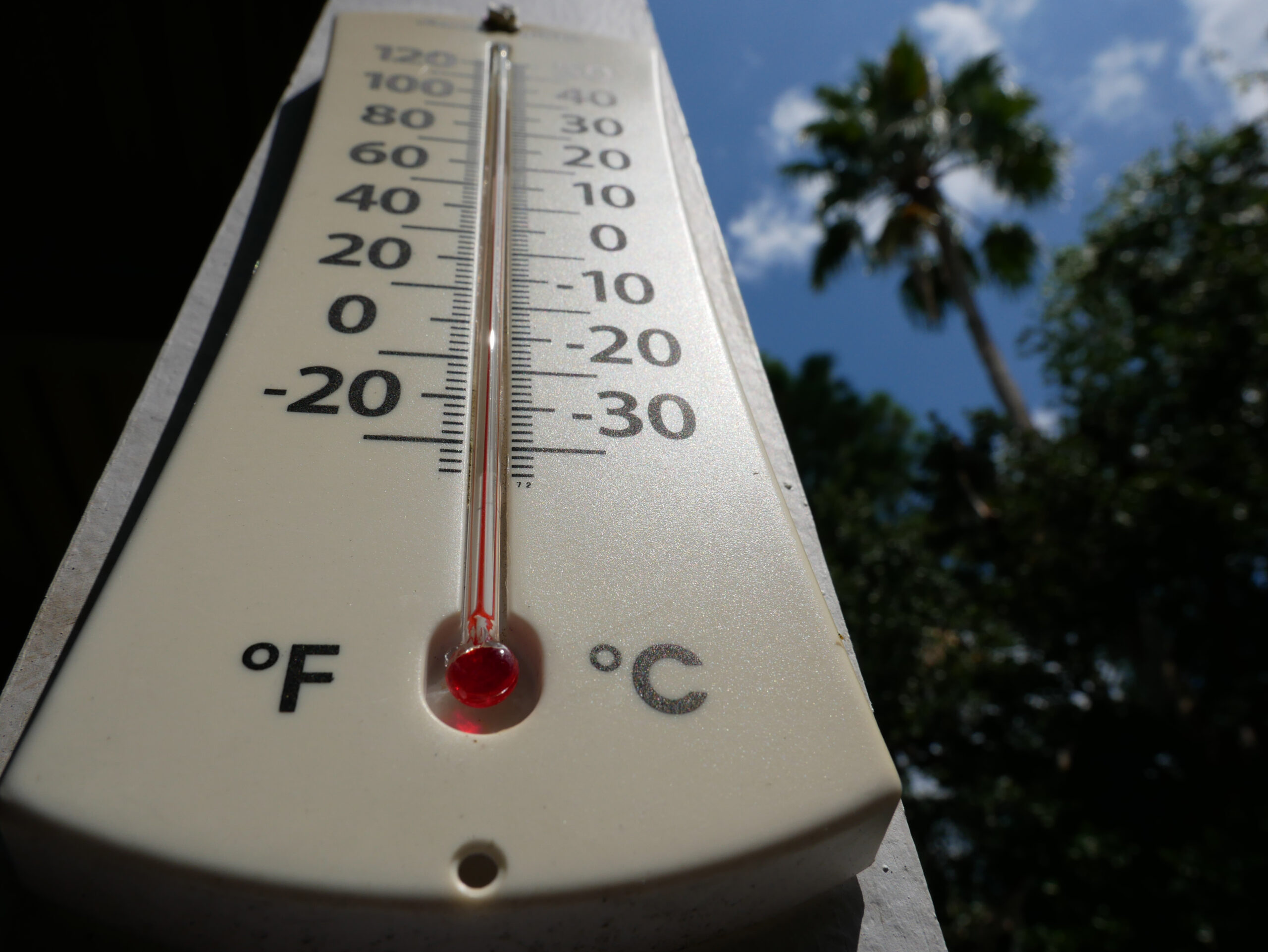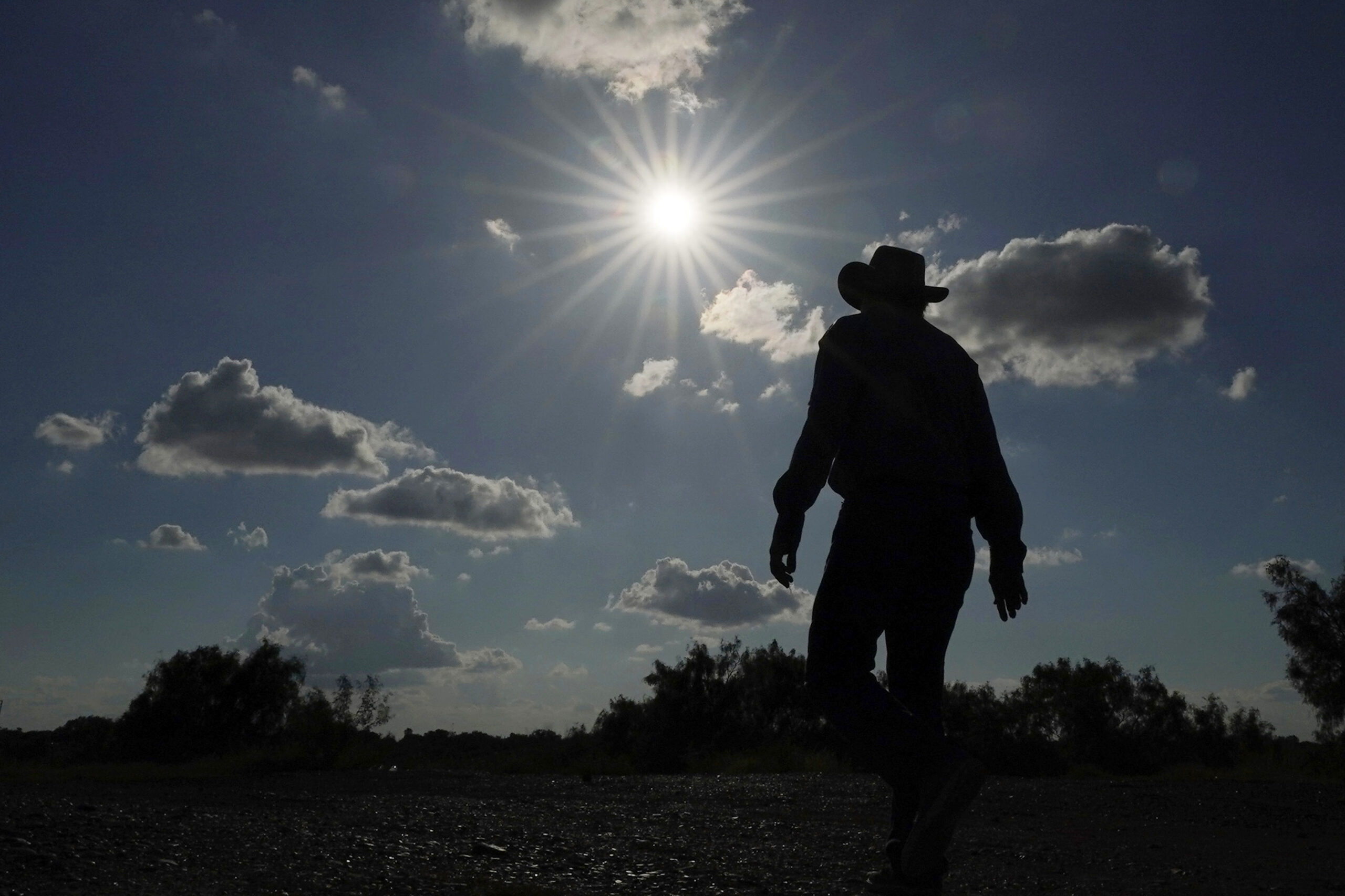
A Sizzling, Record-Breaking Summer
Experts warn that increasingly high temperatures are "a clear consequence of the warming of the climate system."
This story was originally published by Grist. Sign up for Grist’s weekly newsletter here. This story is part of Record High, a Grist series examining extreme heat and its impact on how—and where—we live.
The summer of shattered heat records—hottest month, week, and day—has just shattered another record, perhaps the most fitting of them all: hottest summer.
June, July, and August were the warmest three consecutive months ever measured in the Northern Hemisphere, the World Meteorological Organization, or WMO, reported on Wednesday.
August wound up being the hottest one ever and the second warmest month on record, just behind July, according to data from Europe’s Copernicus Climate Change Service. The average temperature in August was 16.8 degrees Celsius (62.2 degrees Fahrenheit)—about 1.5 degrees C above the pre-industrial average. Scientists warn that if the planet stays above that threshold for years humans will have to contend with the worst consequences of climate change. The news comes as extreme heat rounds the corner into September: 80 million Americans, from Texas to Vermont, are under heat alerts, while triple-digit temperatures break records in the mid-Atlantic region of the United States.
“Climate breakdown has begun,” António Guterres, the United Nations secretary-general, said in a statement accompanying the WMO report.
“Climate breakdown has begun.”
The risks of an overheated planet are hard to ignore: a hellish streak of 31 days with temperatures above 110 degrees F in Phoenix; more than 200,000 people in Canada forced to evacuate during the country’s worst wildfire season on record; and marine heat waves struck the North Atlantic, the Mediterranean, and the waters off the coast of Florida, where spiking sea surface temperatures, above 100 degrees F, caused mass coral bleaching.
While this summer has been historic, it can also be considered prophetic. Scientists have long warned that scorching summers — marked by deadly heat waves, freak storms, and record-hot oceans — could become the norm as humans burn fossil fuels and spew greenhouse gases into the air, trapping heat and warming the planet. Meteorologists say the El Niño weather pattern that started earlier this year has helped make summer hotter than usual, but they also note that warming from El Niño typically ratchets up in its second year. Up to this point in the year, 2023 ranks as the second hottest on record, behind 2016, the last time there was a strong El Niño.
Across the United States, nearly 5,000 weather stations set daily heat records in August, according to data from the National Oceanic and Atmospheric Administration, or NOAA. Average global sea surface temperatures hit their highest-ever monthly mark in August — about 21 degrees C (69.8 degrees F). And in the same month, the extent of Antarctic sea ice shrunk to a record low for that time of year, at 12 percent below average, according to the WMO.
That this summer has broken so many heat records is “a clear consequence of the warming of the climate system,” according to Carlo Buontempo, director of the Copernicus Climate Change Service.
Another consequence is extreme weather — drought, floods, and wildfires. Dangerously dry conditions helped spark the deadly wildfires on Maui in August, where the historic town of Lahaina burned down and 115 people died. On the other side of the planet, in Greece, hundreds of firefighters have been battling blazes, but a freak storm just dumped two feet of rain in a few hours on Tuesday, causing historic flooding. In July, torrential rains led to a biblical deluge in Vermont, which previously had a reputation as a climate refuge.
Yet the extent of damage exacted by the summer of scorching heat and severe weather still hasn’t come into full view, in part because the U.S. gravely underestimates death and illness associated with extreme heat and climate change.
The end of summer also happens to coincide with what’s often the most active part of hurricane season in the Atlantic Ocean. NOAA has forecasted a more active fall than normal, with up to five major storms. One, Hurricane Idalia, a Category 3 storm that intensified as it crossed unusually warm seas, already struck Florida at the end of August, destroying homes and cutting off power as it thrashed the state’s Gulf Coast. Another, Tropical Storm Lee, is on track to become an “extremely dangerous hurricane” by Saturday, according to the National Weather Service.
This article originally appeared in Grist at https://grist.org/extreme-heat/planet-just-sizzled-through-hottest-summer-on-record/.



